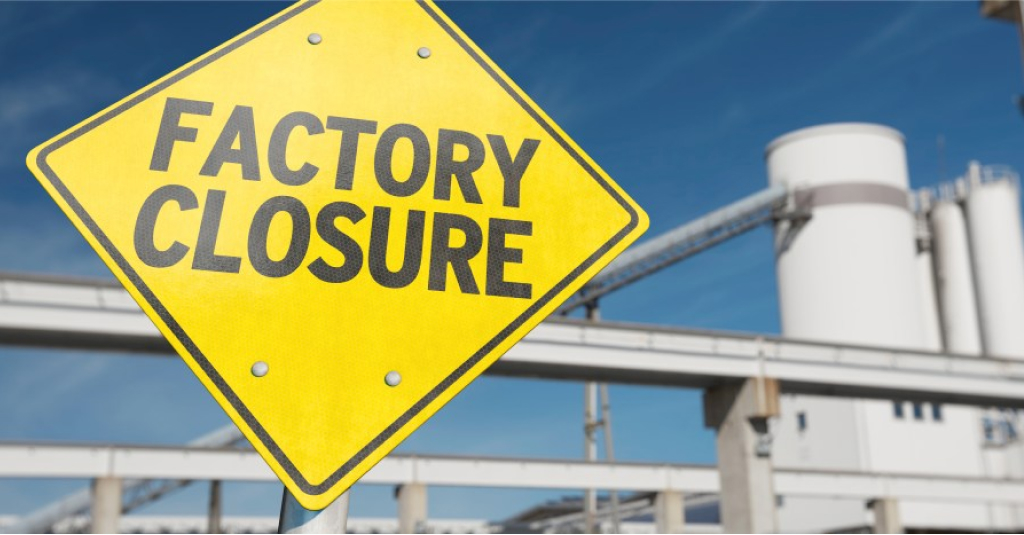Many companies have tried to deploy robots in high-mix manufacturing applications. Unfortunately, most report disappointing results and believe robots are not feasible in high-mix environments. Problems may arise due to (1) the inability of the technology to deal with the part-to-part variability in an efficient manner or (2) long downtimes due to unscheduled maintenance and repairs. This post investigates the reasons behind the second cause and describes the advanced Prognostics and Health Management (PHM) solution offered by GrayMatter Robotics to help solve this challenge.
Complexity Introduced by High-Mix Applications
Robotic cells deployed in high-mix applications are complex cyber-physical systems with multiple interacting components operating in highly dynamic environments. Therefore, there is a significant potential for the onset of adverse conditions that, if not handled promptly, can serve as a precursor to failure. Here are a few representative examples:
- Pressure in the airline can fluctuate and can lead to the malfunction of pneumatic components.
- Suboptimal debris removal can lead to problems with imaging systems.
- Increased friction in the rail drive system can lead to overheating of motors.
- Human errors can lead to the loading of improper tools or insufficient parts clamping.
Any of these errors can lead to serious failure and cause damage. If the sensing system is performing suboptimally, it may lead to a collision that may break a cable or tool. Recovering from serious failures requires considerable human expertise and significant downtime. Replacing a component in a robotic cell may take several weeks. Unfortunately, the occurrence of adverse events is highly likely in challenging environments.
Cost of Failure Plays an Important Role In Technology Adoption
Let’s consider a case where the robot works well for a week after careful calibration. Then an adverse event related to degradation in sensor performance leads to a failure making the robot unavailable for ten days due to the time needed to diagnose the problem and get a replacement part. From the customer’s perspective, a robotic solution prone to frequent failure in high-mix applications is not economically viable. Any cost savings in labor is offset by the need to pay for expensive human expertise to diagnose the problem and perform the repair and costs associated with downtime. Therefore, they will conclude that robots are not practical in high-mix applications where cost is a significant driver.
Historically, the deployment of robots in mass production has avoided reliability problems by carefully controlling what enters the robotic cell and eliminating sensors by using custom jigs and fixtures. This significantly reduces potential failure modes. Since the parts processed are all identical, a system integrator can rely on extensive statistical testing to ensure reliability. This type of testing can take weeks and can be justified in mass production. Unfortunately, these strategies don’t work well in high-mix manufacturing applications due to high part variability. High-mix applications often require sensors and real-time adaptability of tool motion, increasing the system complexity. This leads to a much higher probability of adverse events because of failure modes associated with sensors and new states generated by adaptation.
Why PHM Technology is a Competitive Advantage
To ensure that our customers are not frustrated by long downtimes with our robotic cells, GrayMatter Robotics has developed advanced PHM technology by deploying sensors and physics-informed AI technology in our robotic cells. This allows us to monitor autonomous operation and detect the onset of adverse conditions, and issue alerts. Whenever possible, alerts can trigger automated corrective actions and prevent the shutting down of the cell. When this is not possible, the cell is brought into a safe state, and an alert is sent to our remotely-located support team. Our team can diagnose the problem using the information provided to them by sensors located in the cell. In most situations, our remotely-located team can get the cell functioning again within minutes before our customers even realize there is a problem at the cell. Our customers can also receive alert notifications based on their preferences. If onsite personnel need physical intervention in the cell, then our team can guide the cell operator to perform physical intervention by giving them detailed directions.
Many customers nowadays prefer Robot as a Service (RaaS) model. This eliminates the need to make significant capital investments to acquire robotic cells. With the advanced PHM technology, the loss of revenue and the cost of performing repairs when the cell goes down will make the RaaS model sustainable.
GrayMatter Robotics offers surface finishing & treatment solutions under the RaaS model with advanced PHM technology. We immediately upgrade our PHM technology whenever we encounter a new failure mode. This solution is distributed to all our customers free of cost and makes our service scalable. Investment in PHM technology and offering 24×7 service enables us to serve our customers better, taking away frustrations of potential failures, maximizing uptime, and minimizing disruptions to your production process.

